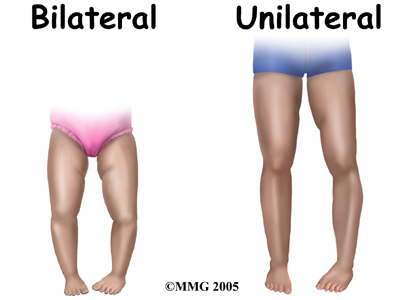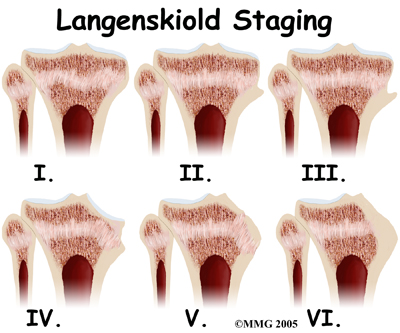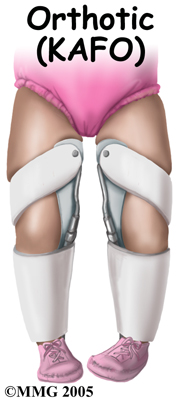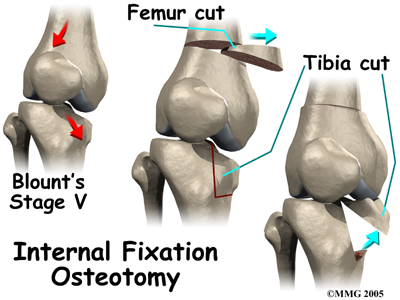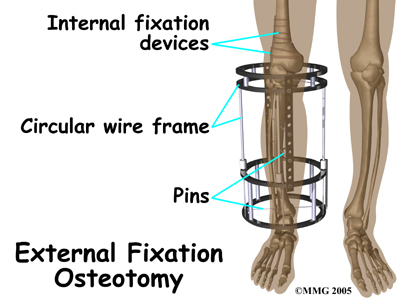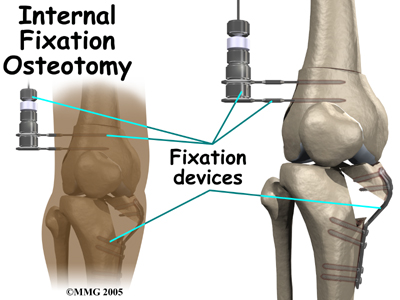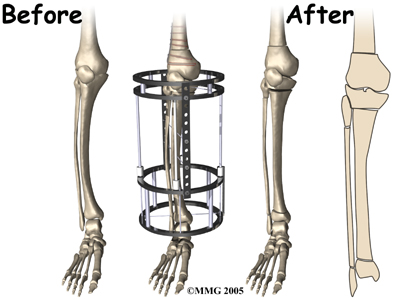Following surgery for Blount’s disease physiotherapy treatment at Next Step Physio is very useful in returning your child to a normal activity level as quickly as possible. Physiotherapy can also assist in avoiding future compensatory problems in the back or lower limbs.
Rehabilitation at Next Step Physio can begin as soon as your child’s surgeon recommends it. Each surgeon will set his or her own specific restrictions based on the child’s individual severity of deformity, the exact surgical procedure used, personal experience, and whether there is evidence that the bones are healing as expected.
The first part of our treatment will be to assist with any lingering pain there may be from the surgical procedure. Your physiotherapist may use modalities such as heat, ice, ultrasound, or electrical current to aid in pain relief.
If your child is still using a walking aid such as crutches or a walking frame, your physiotherapist will ensure your child is using them safely and appropriately and that they are abiding by the weight bearing restrictions set by their surgeon. We generally recommend that until it is possible to walk without a significant limp, a walking aid continue to be used. Improper gait can lead to a host of other pains in the knee, hip and back so it is prudent to continue using the aid until near normal walking can be achieved. It is expected that with young children, it is generally not possible to continue the use of the walking aid even if they would be better with it, as they will discard it as soon as they can freely move around without it.
The next part of our treatment at Next Step Physio will focus on regaining the range of motion and strength of your child’s lower limbs, and to encourage proper alignment now that the deformity has been surgically repaired. Your physiotherapist may assist in stretching your child’s limbs while at the clinic and, if necessary, will ‘mobilize’ your child’s knees. This hands-on technique encourages the joints to move gradually into their normal range of motion. In addition to the hands-on treatment in the clinic we will also prescribe a series of range of motion exercises that we will encourage you to do with your child as part of their daily activity at home. Older children, as mentioned above, will be instructed to do some simple independent exercises.
Similarly to the range of motion deficits, strength deficits will also be addressed. A similar strengthening regime as that mentioned above under non-surgical rehabilitation will be used. It is pertinent to again address muscle weaknesses that have developed in the hips, core area, as well as those muscles directly around the knee. Now that a ‘new normal’ alignment has been surgically achieved, the muscles will need to be strengthened to assist in maintaining this alignment.
The final part of our Next Step Physio treatment will be ensuring that your child’s coordination and balance have returned to normal after their surgery. Following even a short period of walking with crutches and due to the surgical changes to the joint, your child’s normal balance, coordination, and proprioception can decline in function. Exercises, which may include balancing on one foot, or walking on a line or on their tippy toes, will be encouraged. More advanced exercises such as jumping, and quick agility movements will be encouraged at an appropriate time in line with the surgeon’s restrictions.
Fortunately, gaining lost range of motion, strength, and coordination after surgery for Blount’s disease goes quickly. You will notice improvements in your child’s function and gait even after just a few treatments with your physiotherapist at Next Step Physio. If, however, your child’s post-surgical therapy is not progressing as your physiotherapist would expect, we will ask you to follow-up with your surgeon to confirm that the knees are tolerating the rehabilitation well and ensure that there are no post-surgical complications that may be impeding your child’s recovery.
Next Step Physio provides services for physiotherapy in Edmonton.
Portions of this document copyright MMG, LLC.
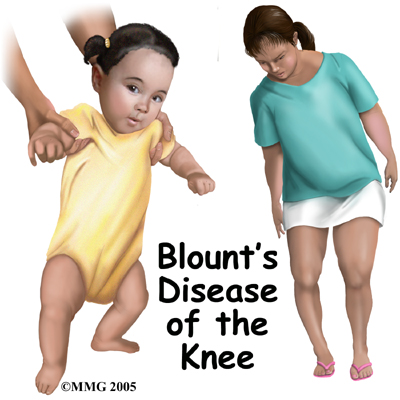


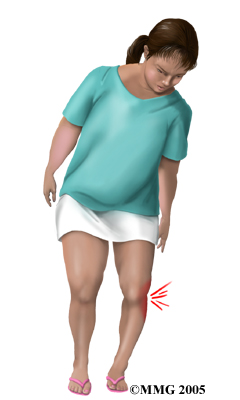 The young child may not feel any symptoms. However patients with adolescent tibia varum usually complain of pain along the medial side of the knee. The bowed appearance of the lower legs may be the first obvious sign. The child may have trouble walking without tripping. The way the child walks may not look normal. He or she thrusts the leg out away from the other leg when walking on the affected leg.
The young child may not feel any symptoms. However patients with adolescent tibia varum usually complain of pain along the medial side of the knee. The bowed appearance of the lower legs may be the first obvious sign. The child may have trouble walking without tripping. The way the child walks may not look normal. He or she thrusts the leg out away from the other leg when walking on the affected leg.